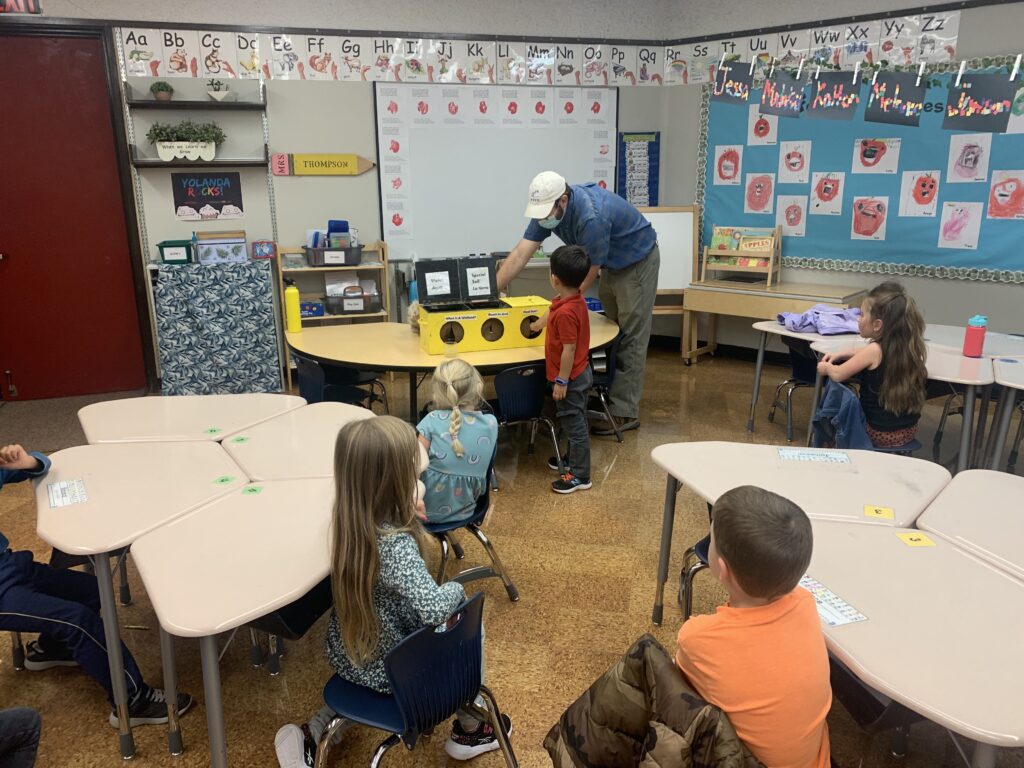By:Kailey Kreienbrink
11/01/2022
I am guessing you have probably heard the term “wetland”, but do you actually know what a wetland is? As part of our environmental education WREN goes into classrooms in the Eugene Springfield area and teaches students exactly that. We start the programs by asking kids what they think of when they hear the term wetland. A lot of the answers include land with water, beavers, cattails, frogs, and great blue herons. I think those are all pretty common assumptions of what wetlands are and consist of.
According to the United States Environmental Protection Agency “Wetlands are areas where water covers the soil, or is present either at or near the surface of the soil all year or varying periods of time during the year including during the growing season”. To create a definition of wetland when we are teaching in the classrooms, we use a mystery box. The mystery box has three different items hidden within it. These items are the three main things that make up a wetland. Students stick their hands in and try to guess what each item is.

The mystery items include water, special soil, and special plants. Wetlands have water within them, but just like the EPA definition said above it doesn’t always have to be present. In the West Eugene Wetlands the water level varies depending on the season. In the summer you won’t find any water but if you come back in the winter once the rainy season has started you will start to find water present. The special soils that are present in the West Eugene Wetlands are clay, this clay came about thanks to volcanic eruptions, including Mt. Mazama which created Crater Lake. The eruptions created ash that ended up all the way here in Eugene in the soils of the wetland. These soils are perfect for keeping water on the surface and growing our third item, special plants. In our mystery box we have two plants featured – cattails and milkweed. We always have to clarify with students that cattails are not actual cat tails.

Wetlands around the world vary and are unique to the areas that they belong to. But they all consistently will be made up of water, special soils, and special plants. They will have different animals and plants that are unique to each wetland. Go out and explore wetlands near you to see what plants and animals are unique to the ones in your area!
